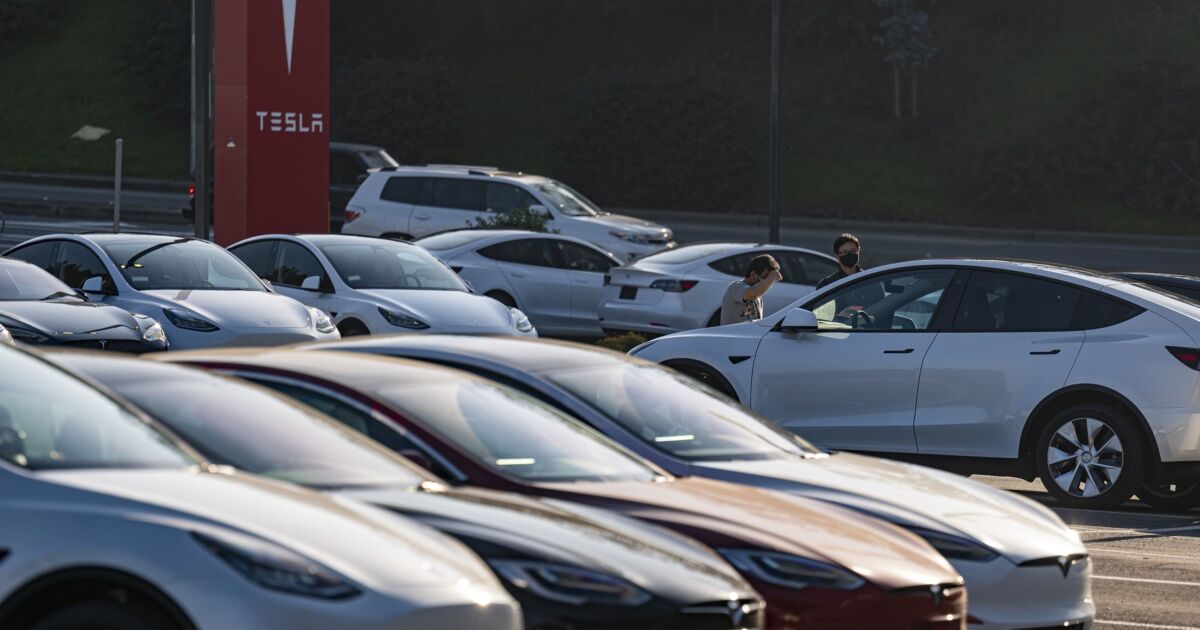How embedded insurance is transforming the industry

Since the onset of the pandemic, many businesses across all industries stayed afloat by fundamentally understanding the way people shop and purchase and transforming their processes to meet that need. This holds true for the insurance industry as well. With customers using their mobile devices as their personal shopping mall, carriers recognize the need to digitally distribute their products in order to stay ahead of the competition.
Having an innovative digital distribution model is one of the most important components for carriers to get ahead today. As more legacy businesses undergo digital transformation, their next step is to enable the Application Programming Interfaces needed to take an omnichannel approach.
One of these channels of distribution gaining more traction is embedded insurance-as-a-service. Embedded insurance is a concept many insurers are taking advantage of by providing their products and bundled services within other web and software programs. It can be offered either as an add-on to other products and services or offered as a native component of a third-party customer experience. EI is commonly used when a shopper buys an item at checkout such as a television and has the option to add on insurance or a warranty during checkout.
The popularity of EI is growing rapidly. Per Lightyear Capital, the U.S. market value of embedded insurance is expected to balloon from $5 billion in 2020 to $70.7 billion in 2025. Industry experts see this exponential growth as proof that consumers are demanding convenience. It is also evidence that insurance-as-a-service has the promise to deliver differentiated options and value propositions for customers. Seamless technology can lower operating costs, helping insurers save money while creating a new revenue stream.
Airbnb leveraged embedded insurance by launching host liability insurance this past year, which covers damages up to $1M. Tesla also now offers its own insurance to customers in five different states when shoppers make a purchase online, which Tesla claims can take just one minute for buyers. GM recently announced its plans to do the same. Partnering and aligning with the right brands and insurance technology companies makes the point of sale as seamless as possible for the insurance customer while driving more integrated and customer-centric operations for the insurance organization.
As more insurers experiment with embedded insurance and find opportunities to partner with big brands like Tesla and Toyota, they must determine which applications they can integrate that will attract shoppers at the point of sale. More importantly, they need to determine where they can make the purchasing decision frictionless and easy for an insured to buy.
The key is to make the entire purchase easier and more holistic – buying car insurance and a warranty all at one time just makes sense. An easy buying process creates more value. Most importantly, there is often a lower loss ratio associated with embedded insurance. The insurer can get data or characteristics of a buyer of a product – like a Tesla – that would have a better loss ratio than a standard customer and therefore, can charge a lower price.
If insurers want to thrive in today’s competitive market, they must rethink the way their products and services have traditionally been distributed and look to alternative channels like embedded insurance. Customers expect seamless, easy and valuable purchase experiences and carriers need new ways to access these customers. It is just the first inning, and embedded insurance is just one step in the changing customer experience and will become a much bigger part of the insurance industry over the next few years.







